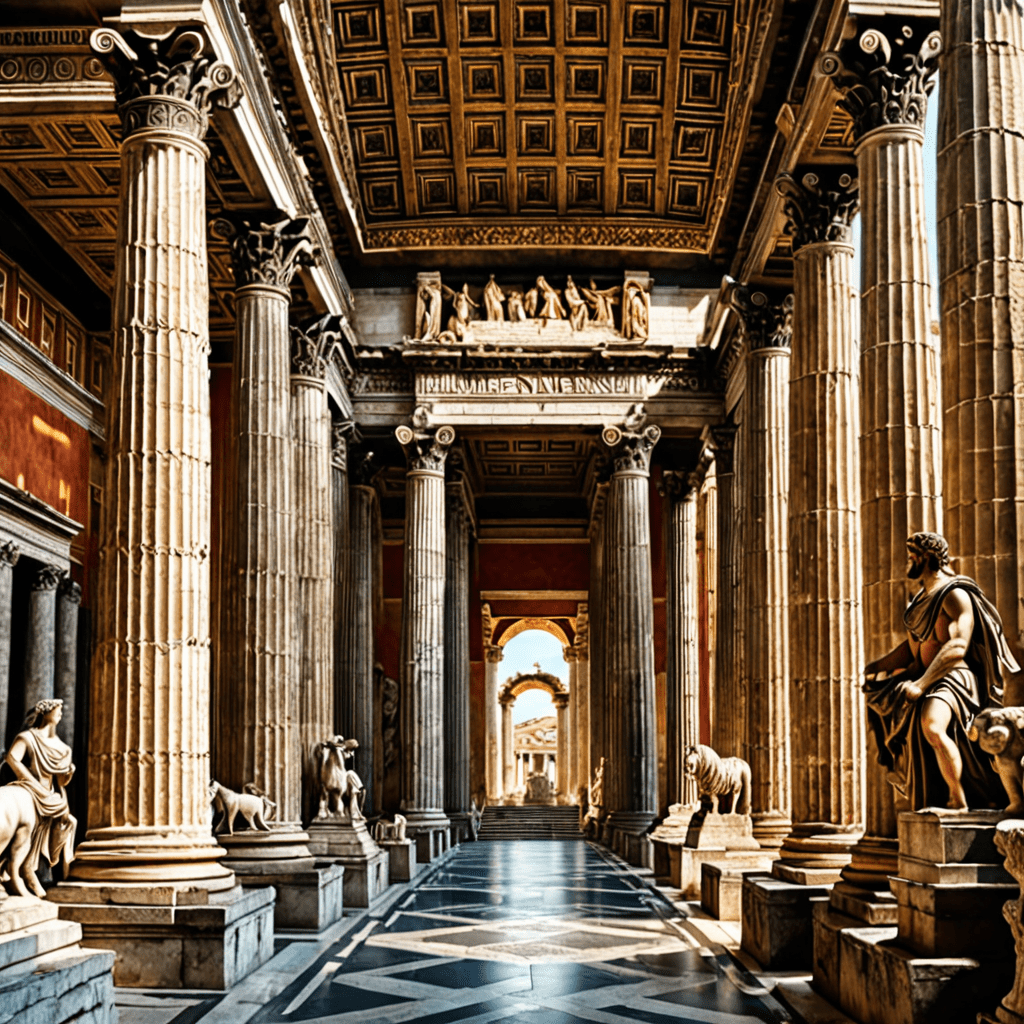The Mythological Origins of Roman Art and Architecture
Welcome to our exploration of the captivating origins of Roman art and architecture intertwined with mythological influences. Let’s delve into how the vibrant and intricate creations of Ancient Rome were inspired by myths and legends.
1. Mythological Influence on Roman Art:
Roman art was heavily influenced by Greek mythology, a significant aspect of Roman culture. Myths and stories of gods and heroes such as Venus, Mars, and Hercules inspired sculptures, frescoes, and mosaics. These mythological figures were portrayed in various forms of art, symbolizing characteristics like beauty, strength, and bravery.
2. Architectural Marvels and Mythical Stories:
Ancient Roman architecture showcased a blend of innovation and mythology. For example, temples dedicated to gods like Jupiter and Juno incorporated design elements that symbolized their attributes. The Pantheon, with its majestic dome dedicated to all gods, reflected the Roman belief in multiple deities through its grandeur and design.
3. Myths as Symbolism in Art and Architecture:
Mythical narratives often served as allegorical representations in Roman art and architecture. Scenes from myths were depicted on walls and ceilings of buildings, conveying moral messages and emphasizing virtues valued in Roman society. For instance, the myth of Romulus and Remus, the founders of Rome, was portrayed to highlight the importance of family and leadership.
4. Preservation and Legacy:
Thanks to meticulous preservation efforts, many masterpieces of Roman art and architecture have survived for centuries. These ancient works not only showcase the skill and creativity of Roman artisans but also offer modern-day observers a glimpse into the rich tapestry of mythological beliefs that shaped Roman artistic expressions.
FAQ: The Mythological Origins of Roman Art and Architecture
What role did mythology play in Roman art and architecture?
Mythology held a significant influence on Roman art and architecture. Roman artists often depicted mythological figures, such as gods and heroes, in their sculptures, paintings, and architectural designs. These mythological themes not only added cultural richness but also served to convey moral lessons and emphasize Roman values.
Can you provide examples of mythological influences in Roman art and architecture?
Certainly! One notable example is the Pantheon in Rome, dedicated to all Roman gods. Its dome, representing the heavens, reflects the celestial realm of the gods. Additionally, sculptures like the Capitoline Wolf, featuring the mythical she-wolf who nursed Romulus and Remus, embody legendary narratives in Roman art.
How did mythology inspire Roman architectural designs?
Mythological tales often inspired the grandeur and symbolism in Roman architecture. For instance, the temple of the gods, such as the Temple of Jupiter Optimus Maximus, showcased divine qualities through its imposing columns and intricate reliefs. These structures aimed to create a sense of awe and reverence, mirroring the power and majesty of the gods.




